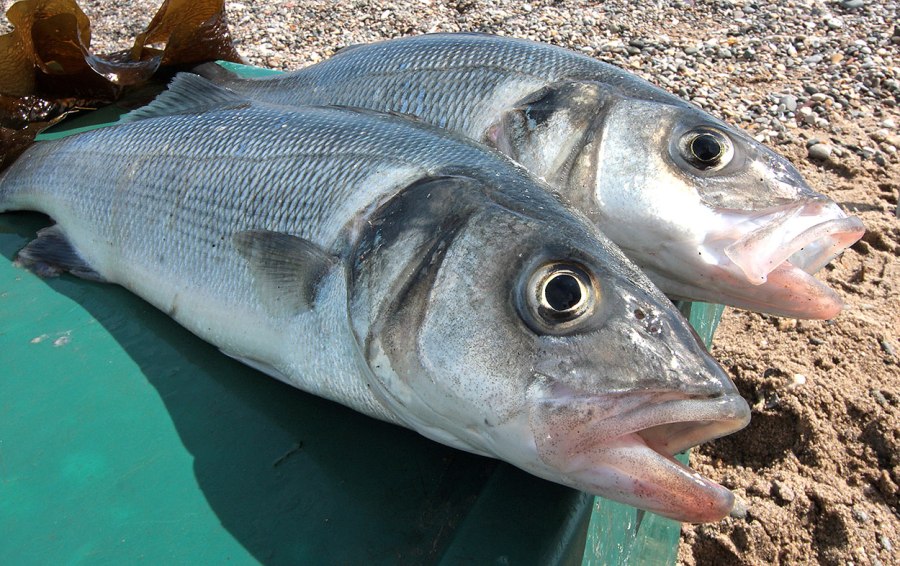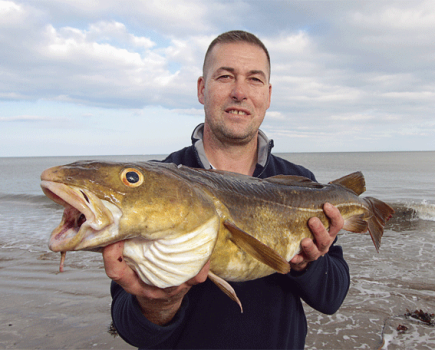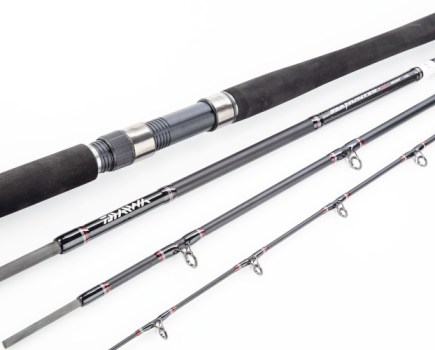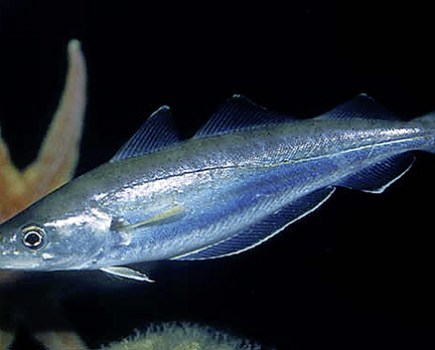This is perhaps the most prized fish sought by sea anglers. They offer great sport and fantastic eating.
The average bass caught off the British Isles will be around the 3-8lb mark, but it is possible – with Lady Luck on your side – to smash the 10lb barrier.
Bass are lovers of surf beaches, offshore reefs, sand banks and estuaries – they use those areas to feed on all manner of sea life.
To stand the best chance of catching a bass in the British Isles try the shorelines around Ireland, Wales and southern England. Another prime spot worth travelling to is the mouth of the Thames estuary.
Please note that in order to protect bass stocks the fish must have reached a length of 14in (35cm) before it can be taken.
IDENTIFICATION
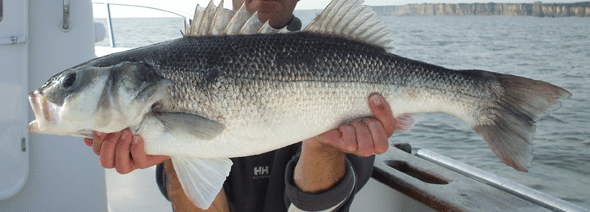
The bass is quite a chunky, long and streamlined fish that has a fantastic silvery appearance. The scales are almost always grey, with the flanks being an incredibly bright silver that merges into the green/blue back.
Bass have two dorsal fins. The first is rayed and quite spiky, while the second is a much softer fin.
There are also additional spines around the gill plates. Finally, the mouth is very large and features quite thick lips.
FEEDING
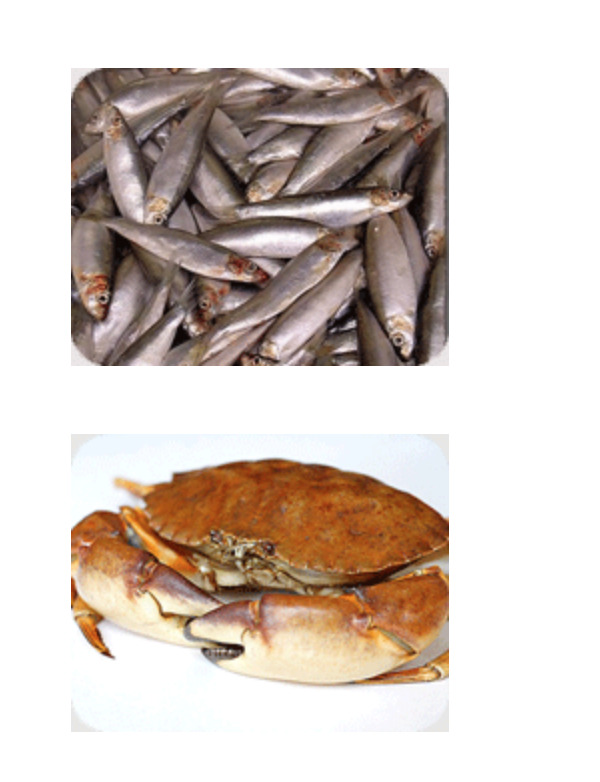
The bass feeds naturally on smaller shoal fish such as sprats and sand eels, but they will also feed upon worms, prawns, squid and crabs.
To catch a bass you can try to bait fish with rag or lugworm, strips of squid or crab, or if you are lucky enough to have access to deep and clear water you could try lure fishing. This method can be really productive, providing that the water is clear and calm enough for the fish to be able to see your lure.
Bass are extremely fast-swimming species that are often territorial and solitary, plus they are attracted to the glint derived from shiny objects, so if you are lure fishing don’t expect to catch too many from one spot, and opt to use the shiniest lures you have.
BREEDING
Bass spawn quite close to the shore during May and June. The females take quite a while to lay their floating eggs, which hatch within a few days. The fry move into the shelter offered by estuaries and creeks where they will remain for several years.
Breeding is somewhat unpredictable around British waters due to cool and unsettled summers, plus growth rate of bass is slow too, around our waters.

